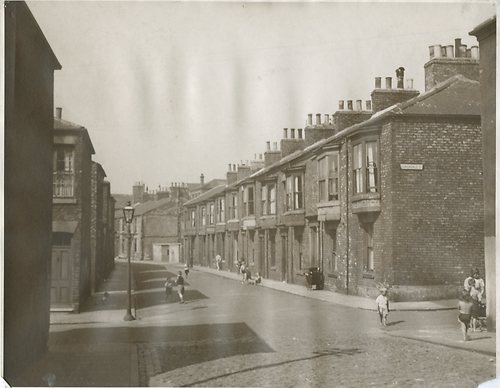 Hartlepool Sports & Leisure
Hartlepool Sports & Leisure
- Cinemas, Theatres & Dance Halls
- Musicians & Bands
- At the Seaside
- Parks & Gardens
- Caravans & Camping
- Sport
 Hartlepool Transport
Hartlepool Transport
- Airfields & Aircraft
- Railways
- Buses & Commercial Vehicles
- Cars & Motorbikes
- The Ferry
- Horse drawn vehicles
 A Potted History Of Hartlepool
A Potted History Of Hartlepool
- Unidentified images
- Sources of information
- Archaeology & Ancient History
- Local Government
- Printed Notices & Papers
- Aerial Photographs
- Events, Visitors & VIPs
 Hartlepool Trade & Industry
Hartlepool Trade & Industry
- Trade Fairs
- Local businesses
- Iron & Steel
- Shops & Shopping
- Fishing industry
- Farming & Rural Landscape
- Pubs, Clubs & Hotels
 Hartlepool Health & Education
Hartlepool Health & Education
- Schools & Colleges
- Hospitals & Workhouses
- Public Health & Utilities
- Ambulance Service
- Police Services
- Fire Services
 Hartlepool People
Hartlepool People
 Hartlepool Places
Hartlepool Places
 Hartlepool at War
Hartlepool at War
 Hartlepool Ships & Shipping
Hartlepool Ships & Shipping

Hart Street old Hartlepool
What we know about this image :
Hart Street, Hartlepool (circa 1940) looking North. N.B. Hart Street ran parallel with, and lay between, Northgate street and Brougham (Durham Street). Where Throston street is now used to run down to Union street. Taken facing corner of Coverdale Street.
A house appears to have been demolished centre left of photo, the outlines of the rooms still being visible. A small concrete buildings stands in the gap. Could be an air raid shelter. Children playing in the sunshine.
Donor : Hartlepool Museum Service
Location
Related items :
 Hart Street
Hart Street
Hart Street, old Hartlepool.
Hart Street ran parallel with, and lay between, Northgate street and Brougham (Durham Street).
More detail » old Hartlepool
old Hartlepool
Old Hartlepool is the original fishing village which existed before West Hartlepool. The origins of ancient town of Hartlepool (Old Hartlepool) can be traced back to ca 647 AD. In the 8th century AD, Bede mentions it (“heopru” – the place where harts (deer) drink). The record goes blank then, and does not reappear until the 12th century. In 1201 King John confirmed a charter owned by Robert Bruce V. The name “Brus” or “Bruce” is still associated with parts of the town.
The fine abbey church of St. Hilda is mainly Early English, dating from 1185, on the site of an abbey which flourished as early as 658 AD. St. Hilda’s still flourishes and stands in a prominent place on the Hartlepool headland, and nearby the ancient town walls (completed ca 1322 as a defence against the twin enemies of the Scots and the sea) can still be seen.
On 8th February 1201, the town was granted its first royal charter by King John. A second royal charter was granted in 1593 by Queen Elizabeth (the First).
Hartlepool was visited several times by John Wesley on his preaching tours … he was certainly in the town in 1757 and 1786.
Old Hartlepool continued its independent existence until 1967, when local government reorganisation created the merger with its young neighbour, West Hartlepool.
More detail »




